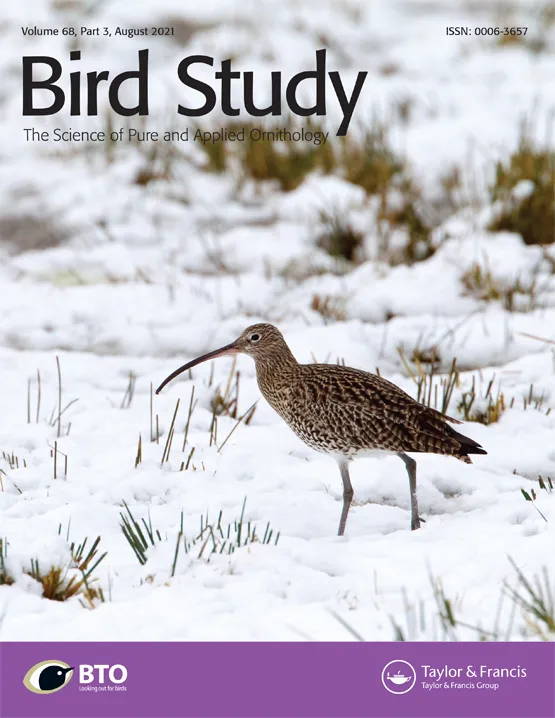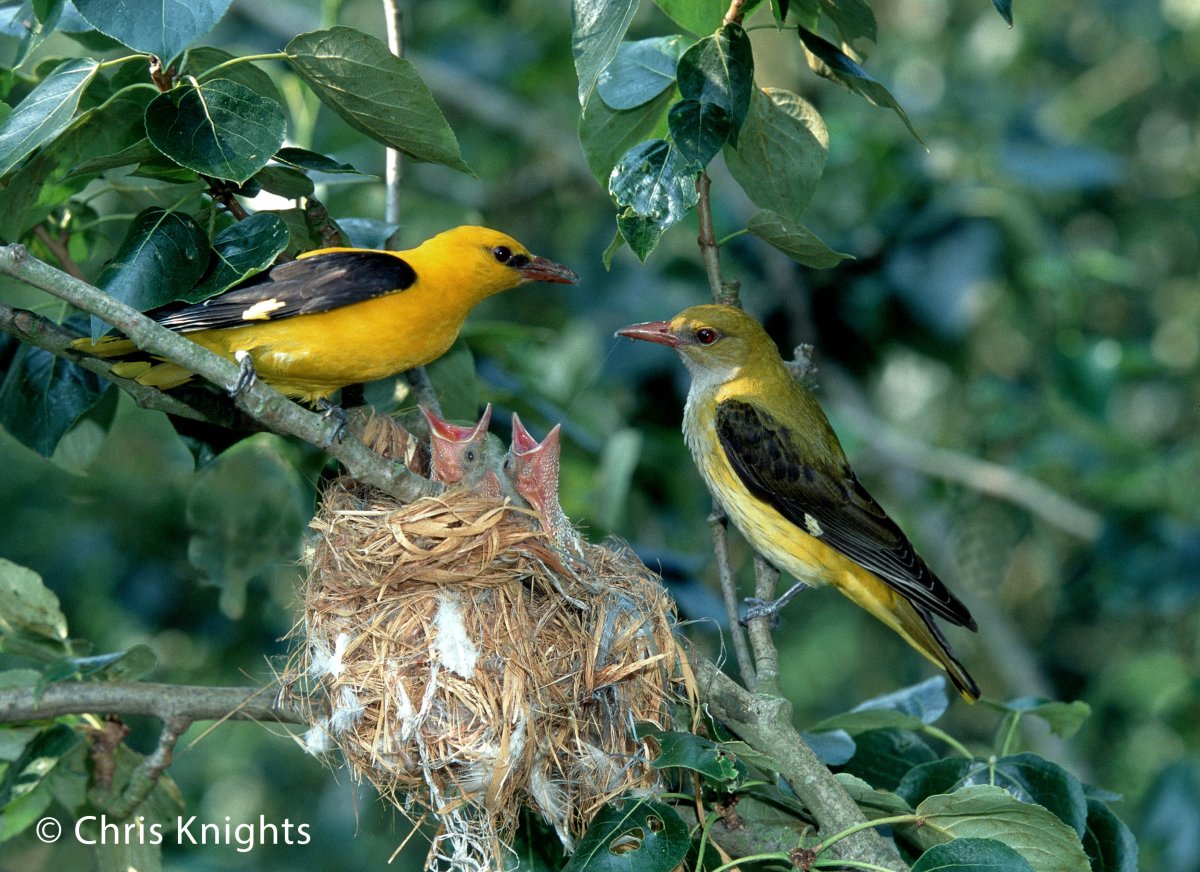BTO publishes peer-reviewed papers in a wide range of scientific journals, both independently and with our partners. If you are unable to access a scientific paper by a BTO author, please contact us.
Search settings
Consequences of population change for local abundance and site occupancy of wintering waterbirds
Author: Méndez, V., Gill, J.A., Alves, J.A., Burton, N.H.K. & Davies, R.G.
Published: 2017
Protected sites for birds are typically designated based on the site’s importance for the species that use it. For example, sites may be selected as Special Protection Areas (under the European Union Directive on the Conservation of Wild Birds) if they support more than 1% of a given national or international population of a species or an assemblage of over 20,000 waterbirds or seabirds. However, through the impacts of changing climates, habitat loss and invasive species, the way species use sites may change. As populations increase, abundance at existing sites may go up or new sites may be colonized. Similarly, as populations decrease, abundance at occupied sites may go down, or some sites may be abandoned. Determining how bird populations are spread across protected sites, and how changes in populations may affect this, is essential to making sure that they remain protected in the future.
20.09.17
Papers

Bird and bat species' global vulnerability to collision mortality with wind farms revealed through a trait-based assessment.
Author: Thaxter, C.B., Buchanan, G.M., Carr, J., Butchart, S.H.M., Newbold, T., Green, R.E., Tobias, J.A., Foden, W.B., O'Brien, S. & Pearce-Higgins, J.W.
Published: 2017
In a changing world, the development of green energy is more important than ever. One of the most well-developed and cheaply available options is wind power, but there is evidence that wind farms can also have a negative impact on biodiversity. This 2017 study, funded by the Cambridge Conservation Initiative and led by BTO, is the first to look at the global impact of wind farms on bird and bat populations.
13.09.17
Papers

Environmental correlates of breeding abundance and population change of Eurasian Curlew Numenius arquata in Britain
Author: Franks, S.E., Douglas, D.J.T., Gillings, S. & Pearce-Higgins, J.W.
Published: 2017
Wader populations are declining worldwide, with causes often being linked to the loss and degradation of habitats, increased predation, and a changing climate. Here in the UK, we have seen dramatic declines in Curlew populations over recent decades, resulting in the species being proposed as the UK’s most important bird conservation priority. If we are to halt and reverse these declines then we first need to understand which threats this iconic species is facing.
01.09.17
Papers

The risk of extinction for birds in Great Britain
Author: Stanbury, A., Brown, A., Eaton, M., Aebischer, N., Gillings, S., Hearn, R., Noble, D., Stroud, D. & Gregory, R.
Published: 2017
The UK has lost seven species of breeding birds in the last 200 years. Conservation efforts to prevent this from happening to other species, both in the UK and around the world, are guided by species’ priorities lists, which are often informed by data on range, population size and the degree of decline or increase in numbers. These are the sorts of data that BTO collects through its core surveys.
01.09.17
Papers

Predicting the impacts of wind farms on seabirds: An individual-based model
Author: Warwick-Evans, V., Atkinson, P.W., Walkington, I. & Green, J.A.
Published: 2017
1. Individual-based models (IBMs) are a powerful tool in predicting the consequences of environmental change on animal populations and supporting evidence-based decision making for conservation planning.2. There are increasing proposals for wind farms in UK waters and seabirds are a vulnerable group, which may be at risk from these developments.3. We developed a spatially explicit IBM to investigate the potential impacts of the installation of wind farms in the English Channel and North Sea on body mass, productivity and mortality of a breeding population of Northern gannets for which we have tracking data.4. A baseline model with no wind farms accurately represented the status of a sample of tracked gannets at the end of the 90-day chick-rearing period, and the behaviourtime budget was similar to that of tracked gannets.5. Model simulations in the presence of wind farms indicated that installations should have little impact on the gannet population, when either avoidance behaviour or collision risk scenarios were simulated. Furthermore, wind farms would need to be ten times larger or in more highly used areas in order to have population-level impacts on Alderney’s gannets.6. Synthesis and applications. Our spatially explicit individual-based models (IBM) highlight that it is vital to know the colony-specific foraging grounds of seabirds that may be impacted, when identifying potential wind farm sites, in order to account for cumulative impacts from multiple sites. Avoiding areas highly used for foraging and commuting, and avoiding large-scale developments should be effective in limiting gannet mortality as a result of collision, competition and energy expenditure. Our IBM provides a robust approach which can be adapted for other seabird populations or to predict the impacts from other types of spatial change in the marine environment.
10.08.17
Papers